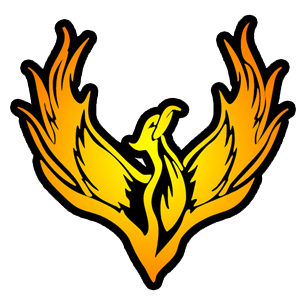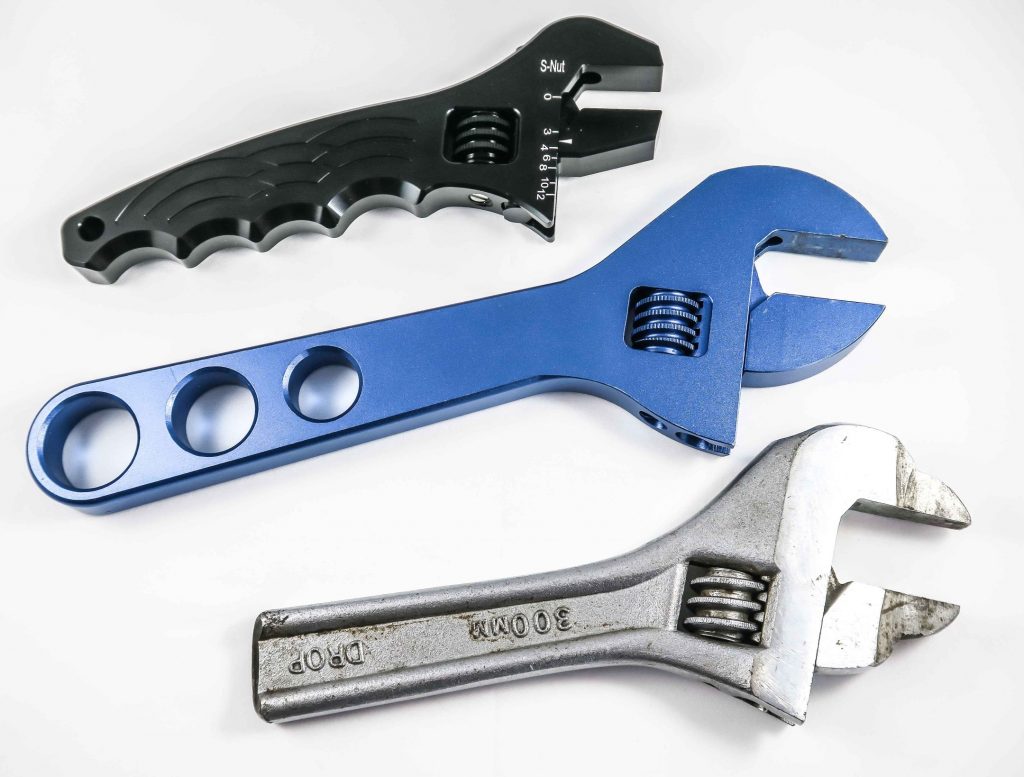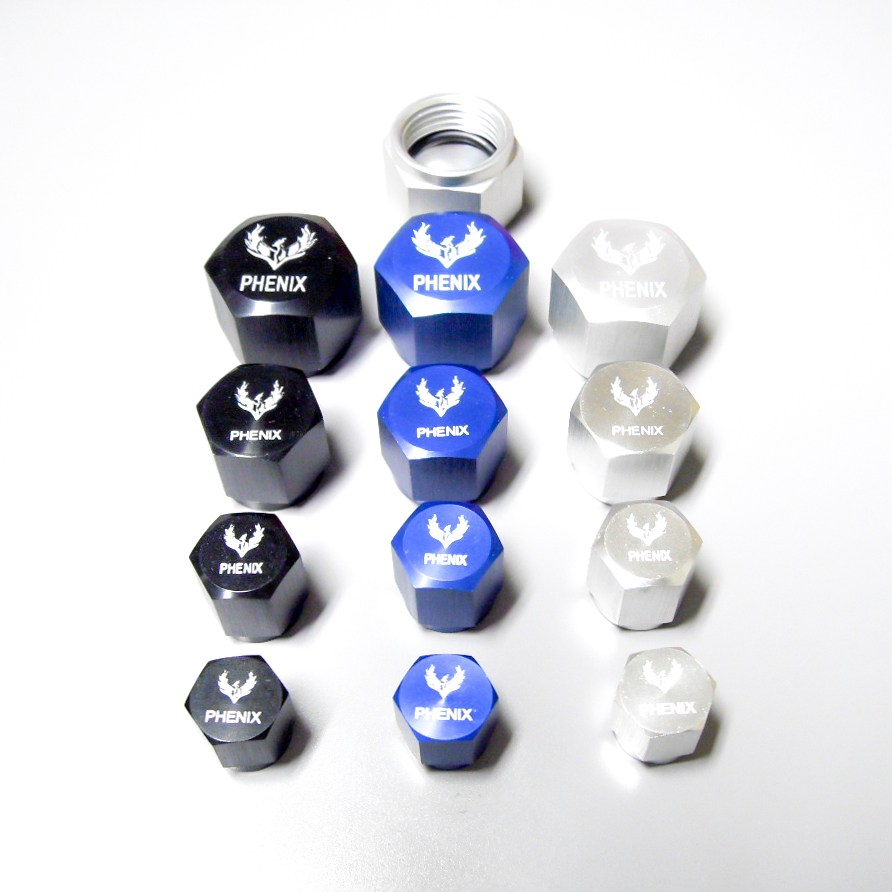ORB Fittings
In the automotive and mechanical industries, ORB fittings (often referred to as O-Ring Boss fittings) are a type of hydraulic or fluid fitting used to connect different parts of a system, typically in vehicles, machinery, or other fluid-carrying applications.
1. What are ORB Fittings?
ORB fittings are part of a class of fittings that use O-rings for sealing, providing a leak-free connection. The “Boss” part refers to the specific type of machined surface on the fitting that is designed to hold an O-ring for sealing.
These fittings are commonly used in hydraulic systems, brake lines, fuel systems, and other fluid-based systems in automotive, industrial, and aerospace applications.
2. Structure of ORB Fittings:
ORB fittings have two main components:
- The Male Fitting: This part typically has a straight or tapered thread and a boss that is flat and smooth to seat the O-ring.
- The Female Fitting: This component also has threads and typically contains a space that holds the O-ring in place. When the two components are screwed together, the O-ring is compressed, creating a tight, leak-resistant seal.
3. Key Characteristics:
- O-ring Seal: The O-ring is the most critical part of an ORB fitting. When the fitting is tightened, the O-ring is compressed between the two parts, forming a reliable seal that prevents fluid leakage.
- Thread Type: ORB fittings have a parallel thread (unlike tapered threads in other fittings), which means the threads do not create a seal by themselves. Instead, the O-ring is responsible for creating the seal when the fitting is tightened.
- Applications: ORB fittings are used primarily in systems that require a strong and reliable seal for fluids under pressure, such as:
- Hydraulic systems
- Power steering systems
- Fuel systems
- Brake lines
- Air conditioning systems
4. Common Types of ORB Fittings:
ORB fittings come in several configurations to accommodate different needs:
- ORB to NPT: Connects an O-Ring Boss fitting to a National Pipe Thread (NPT) fitting.
- ORB to AN: Common in racing and performance automotive applications, where ORB fittings are adapted to AN fittings (Army-Navy fittings), which are often used for fluid lines.
- ORB to BSP: Used for connections to British Standard Pipe threads.
- ORB Flange fittings: Used in high-pressure or heavy-duty applications, where the ORB fitting is paired with a flange for additional support and sealing.
5. Advantages of ORB Fittings:
- Leak Resistance: The O-ring provides a superior seal, reducing the risk of leaks, especially in high-pressure or high-vibration environments.
- Durability: ORB fittings can handle high fluid pressures, making them ideal for applications like hydraulics, fuel, and brake systems.
- Ease of Installation: ORB fittings are relatively easy to install, as they do not require the same level of torque as tapered-thread fittings, reducing the risk of damaging threads.
- Versatility: ORB fittings can be used with a wide range of fluids (e.g., oil, coolant, fuel, hydraulic fluids), making them highly versatile for automotive and industrial systems.
6. Installation and Maintenance:
- Proper O-Ring Selection: The O-ring must be made of the appropriate material for the fluid it will be sealing (e.g., nitrile for fuel, EPDM for coolant, etc.). The wrong material can lead to degradation and leaks.
- Torque Specifications: When installing ORB fittings, it’s important to follow the manufacturer’s recommended torque settings to ensure that the O-ring is properly compressed without damaging the threads or O-ring.
- Regular Inspection: Over time, O-rings can wear out or become damaged, so it’s important to periodically check the fittings for signs of leaks or deterioration.
7. How ORB Fittings Compare to Other Fittings:
ORB fittings are often compared to other sealing methods, like NPT fittings or BSP fittings:
- NPT Fittings: While NPT fittings use tapered threads to seal, ORB fittings use a flat surface and an O-ring. ORB fittings generally provide a better seal, especially under high pressure.
- BSP Fittings: ORB fittings tend to offer a more secure, higher-pressure seal compared to BSP fittings, which often rely on compression and thread interference to seal.
8. Applications in Automotive Contexts:
- Hydraulic Systems: ORB fittings are used extensively in hydraulic lines, such as steering systems or brake lines in vehicles, where a tight, high-pressure seal is crucial.
- Fuel Lines: In performance or racing vehicles, ORB fittings are often used in the fuel system because of their leak resistance and ability to handle high-pressure fuel systems.
- Cooling Systems: ORB fittings are also found in high-performance cooling systems, where they ensure that the coolant flow is sealed and maintained without leaks.
Automotive ORB fittings are essential components in many fluid-carrying systems, providing a reliable and secure seal using an O-ring. They are preferred in high-pressure and high-performance systems for their leak resistance, ease of installation, and durability. Whether in hydraulic systems, brake lines, or fuel systems, ORB fittings ensure that fluid connections remain safe and leak-free, even under demanding conditions.
The torque specifications for ORB fittings (O-Ring Boss fittings) depend on several factors, such as the size of the fitting, the material of the fitting, and the specific application. However, there are some general guidelines that are commonly followed for ORB fittings.
General Torque Specifications for ORB Fittings
Here are some typical torque values for ORB fittings based on their size:
| Fitting Size (inches) | Torque (ft-lbs) | Torque (Nm) |
|---|---|---|
| -6 AN (3/8″ thread) | 20-30 ft-lbs | 27-41 Nm |
| -8 AN (1/2″ thread) | 25-35 ft-lbs | 34-47 Nm |
| -10 AN (5/8″ thread) | 30-40 ft-lbs | 41-54 Nm |
| -12 AN (3/4″ thread) | 35-50 ft-lbs | 47-68 Nm |
| -16 AN (1″ thread) | 40-60 ft-lbs | 54-81 Nm |
| -20 AN (1 1/4″ thread) | 50-70 ft-lbs | 68-95 Nm |
| -24 AN (1 1/2″ thread) | 60-90 ft-lbs | 81-122 Nm |
Important Notes:
- Material Considerations:
- The material of the fitting and the O-ring affects the torque values. For instance, aluminum fittings typically require less torque than steel or stainless steel fittings due to their lower strength.
- Always check for manufacturer-specific torque specs, as some fittings may have different recommendations depending on material or design.
- O-Ring Compression:
- ORB fittings use O-rings to seal. Tightening the fitting too much may damage the O-ring or cause over-compression, which can lead to leaks. Always ensure that the fitting is torqued to the recommended value, which is typically a finger-tight + 1/4 to 1/2 turn technique.
- Lubrication:
- When installing ORB fittings, it’s advisable to use a light lubricant on the O-ring and threads to reduce friction and prevent damage during installation. This also ensures the O-ring is seated properly.
- Follow Manufacturer Guidelines:
- Different manufacturers may have specific torque recommendations for their fittings, so it’s always a good practice to consult the datasheets or manuals that come with the parts for the most accurate values.
- Torque Wrenches:
- Always use a calibrated torque wrench to ensure accurate application of torque to the fittings. Over-tightening can damage threads, while under-tightening may result in leaks.
Example Torque Values by Fitting Material:
- Steel/ Stainless Steel Fittings: Typically on the higher end of the range.
- Aluminum Fittings: Usually lower torque values due to the material’s softer nature.
Special Considerations for High-Pressure Applications:
In high-pressure systems (e.g., hydraulic, fuel, or brake lines), it is particularly important to follow the manufacturer’s torque recommendations strictly. Over-tightening can damage the fitting or O-ring, while under-tightening can lead to leaks or failure under pressure.
For most ORB fittings, torque values generally range between 20-70 ft-lbs depending on the size of the fitting, with larger fittings requiring higher torque. Always double-check the torque specifications provided by the manufacturer, especially for critical automotive systems like fuel lines, brake lines, or hydraulic systems, to ensure proper sealing and avoid potential leaks or damage.











